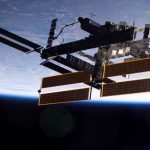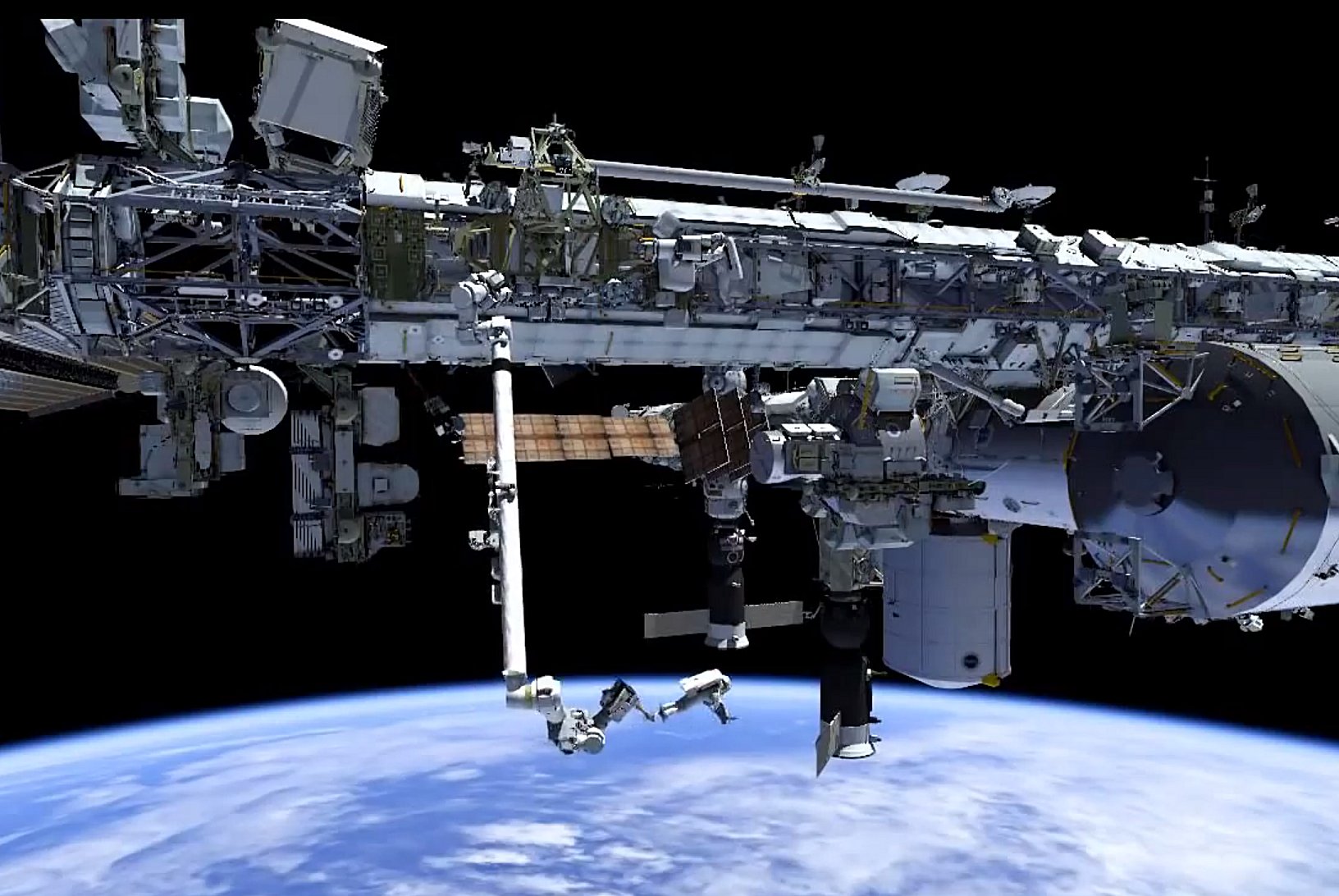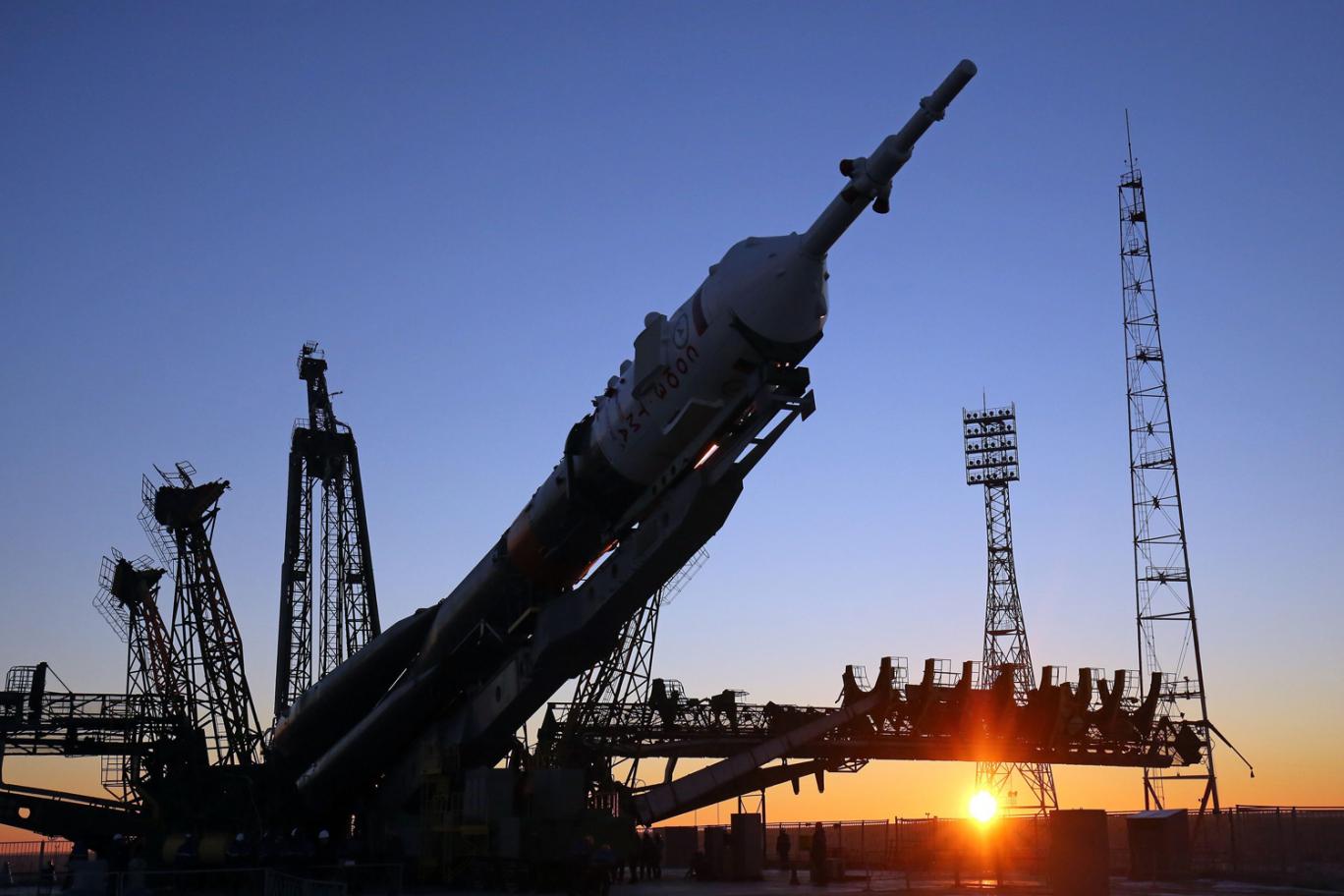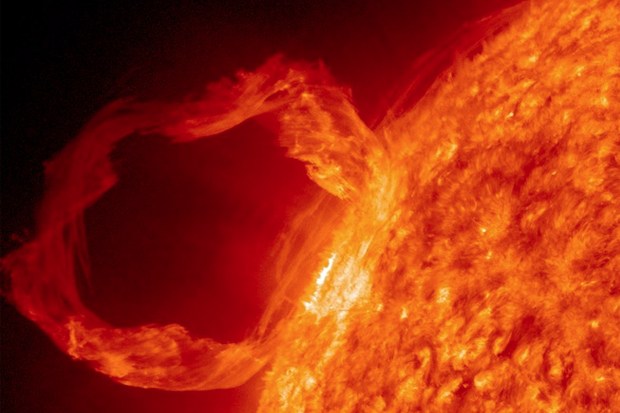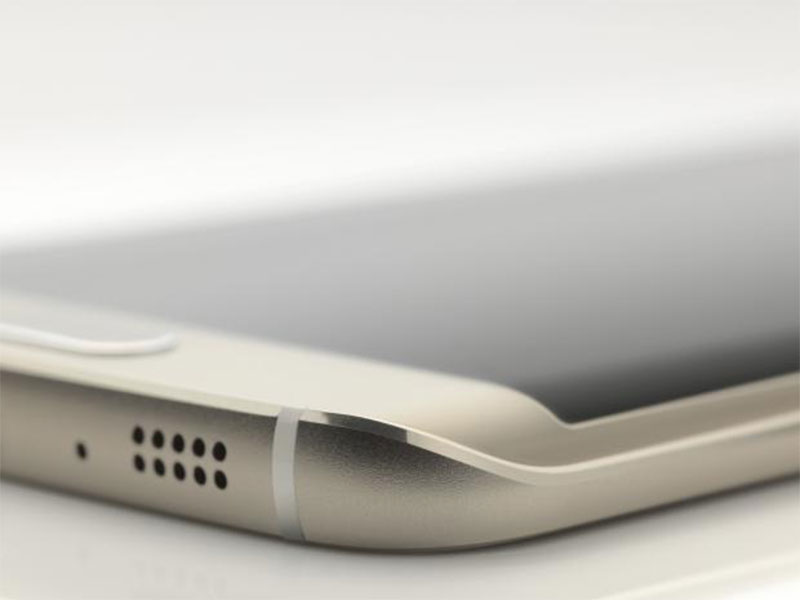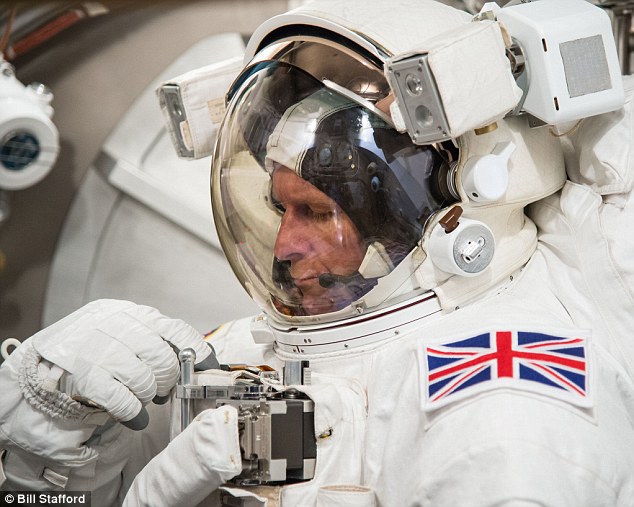Too Much Space Debris In The Atmosphere
Today, scientists have announced that there is too much debris in space, and we have two find a safe way to destroy the debris and bring it back to Earth safely
Debris has been accumulating over 60 years of rocket launches threatens satellites and astronauts as it orbits the Earth, prompting the European Space Agency to look at ways of cleaning up the night sky.
British engineers at the satellite company Astrium have developed a harpoon that could be launched from a chase satellite to catch junk, reel it in and then send it plummeting through the atmosphere where it would safely burn up.
They have a prototype system which has passed tests on an old rifle range. Fired at 60mph the harpoon punches through the aluminium panels used to clad satellites.
Inventor Dr Jaime Reed told Sky News it could begin space trials in just four years’ time.
“There’s a lot of stuff up there already that can – and will – come back to Earth,” he said. “New satellites pose a threat to future satellites, so it’s something we need to look at and address.”
Space debris can range from tiny fragments of metal to defunct satellites and spent rocket parts.
Nasa estimates there are 22,000 pieces the size of a cricket ball and another 500,000 the size of a marble orbiting the planet. Just a small lump smashing into a satellite at 35,000mph would blow it apart.
A telecommunications satellite was destroyed in a collision in 2009, while astronauts on the International Space Station are ordered into their escape pod every few months because of debris passing nearby.
Space junk will eventually get dragged down to Earth but it is difficult to predict where and when.
In 1979, the space station Skylab crashed into the Australian desert.
Dr Reed said large pieces of debris could be captured and fired through the atmosphere to land in the Pacific Ocean.
“When objects come down to Earth, they do so in an uncontrolled fashion, which means they could fall to the ground almost anywhere on the globe,” he said.
“The advantage of our system is that it allows us to send space junk into unpopulated areas.
“It’s a very robust and reliable method. We mustn’t create any more debris and we must have something that is very safe, and that’s the reason we’ve come up with the space harpoon.”


